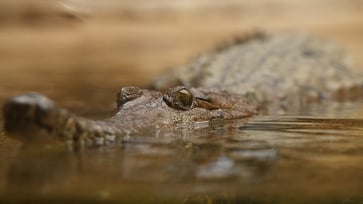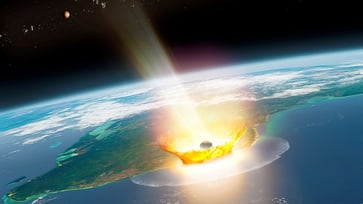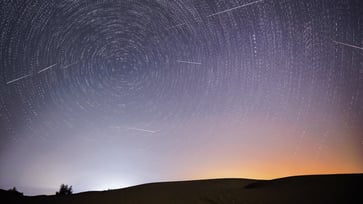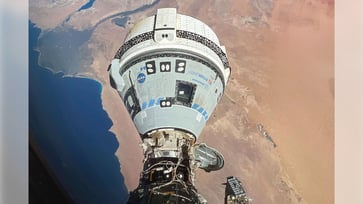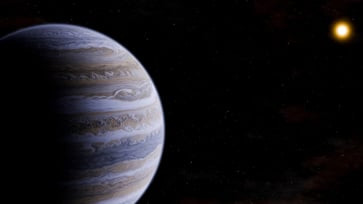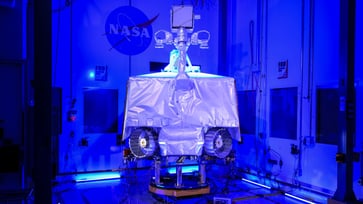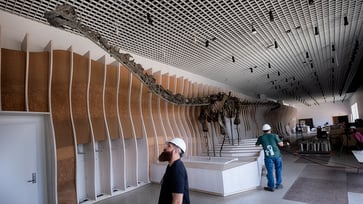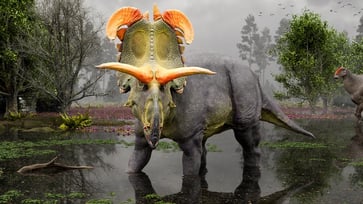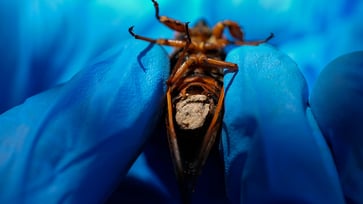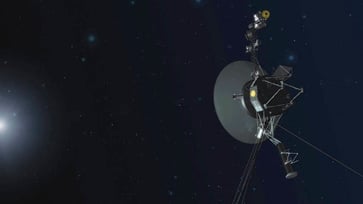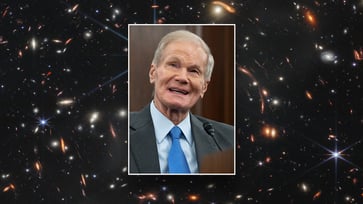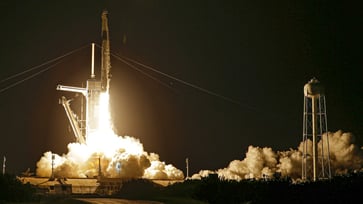A 'cotton candy-like' planet with unusually low density has been discovered by scientists.
Research indicates that the planet is predominantly made up of hydrogen and helium.
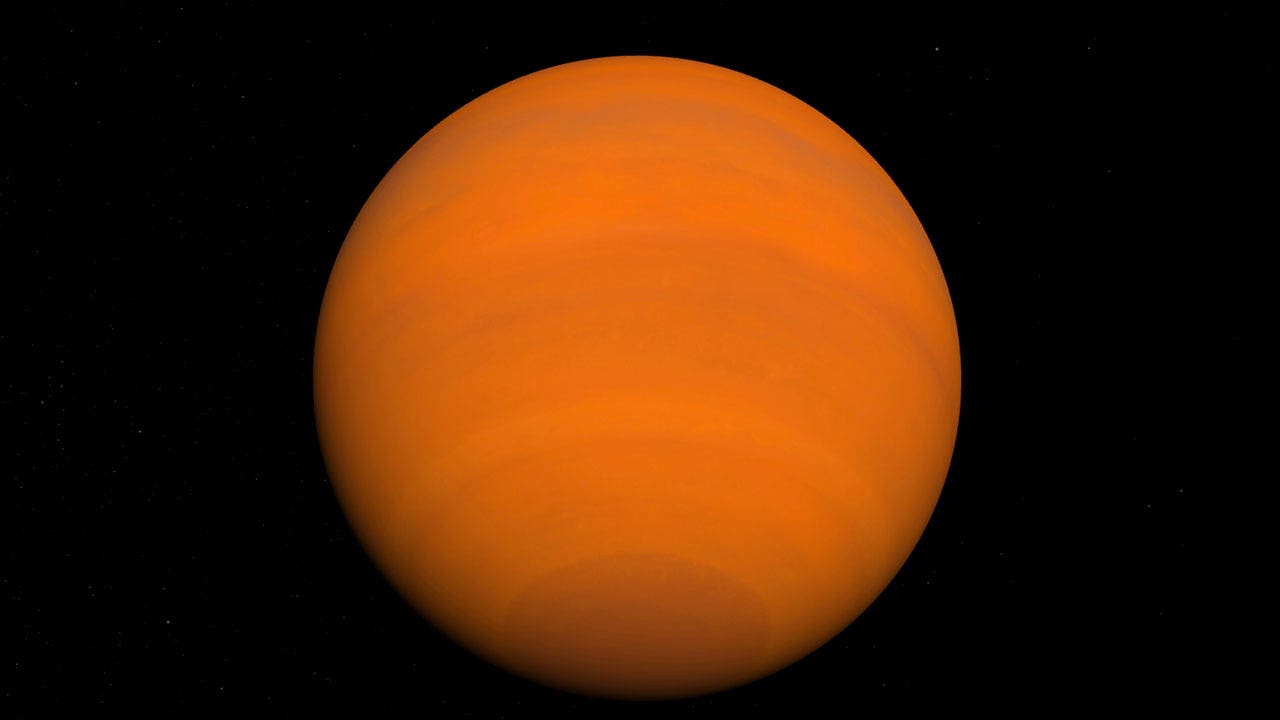
- An exoplanet larger than Jupiter but incredibly lightweight, similar to cotton candy, has been discovered by astronomers.
- Unlike gas giants such as Jupiter, Saturn, Uranus, and Neptune, WASP-193b has an unusually low density.
- MIT researcher Khalid Barkaoui characterizes the planet as "super fluffy" because of its predominantly light gaseous composition.
A planet has been discovered by astronomers that is larger than Jupiter but surprisingly light and fluffy, resembling cotton candy.
An international team reported Tuesday that the exoplanet has an exceedingly low density for its size, unlike the gas giants in our solar system — Jupiter, Saturn, Uranus, and Neptune — which are much denser.
According to Khalid Barkaoui of Massachusetts Institute of Technology, the planet is essentially fluffy due to its composition of mostly light gases instead of solids.
An outlier like WASP-193b is ideal for studying unconventional planetary formation and evolution, according to scientists.

Last year, the planet was confirmed, but it took additional time and effort to verify its consistency through ground telescope observations. According to a study published in Nature Astronomy, it is believed to be composed primarily of hydrogen and helium.
The exoplanet, located 1,200 light-years away, is the second-lightest found so far based on its dimensions and mass, with a light-year equaling 5.8 trillion miles.
science
You might also like
- An asteroid as large as a stadium is considered potentially dangerous by NASA and is predicted to approach Earth closely.
- The Starliner spacecraft, which has faced issues, returns to Earth without a crew.
- NASA offers an explanation for the unusual sounds emanating from the Starliner spacecraft.
- An astronaut on board NASA's Starliner spacecraft has reported hearing unusual sounds while in space.
- A new dinosaur species resembling T. rex has been discovered in Asia, considered 'one of the most significant' findings.

